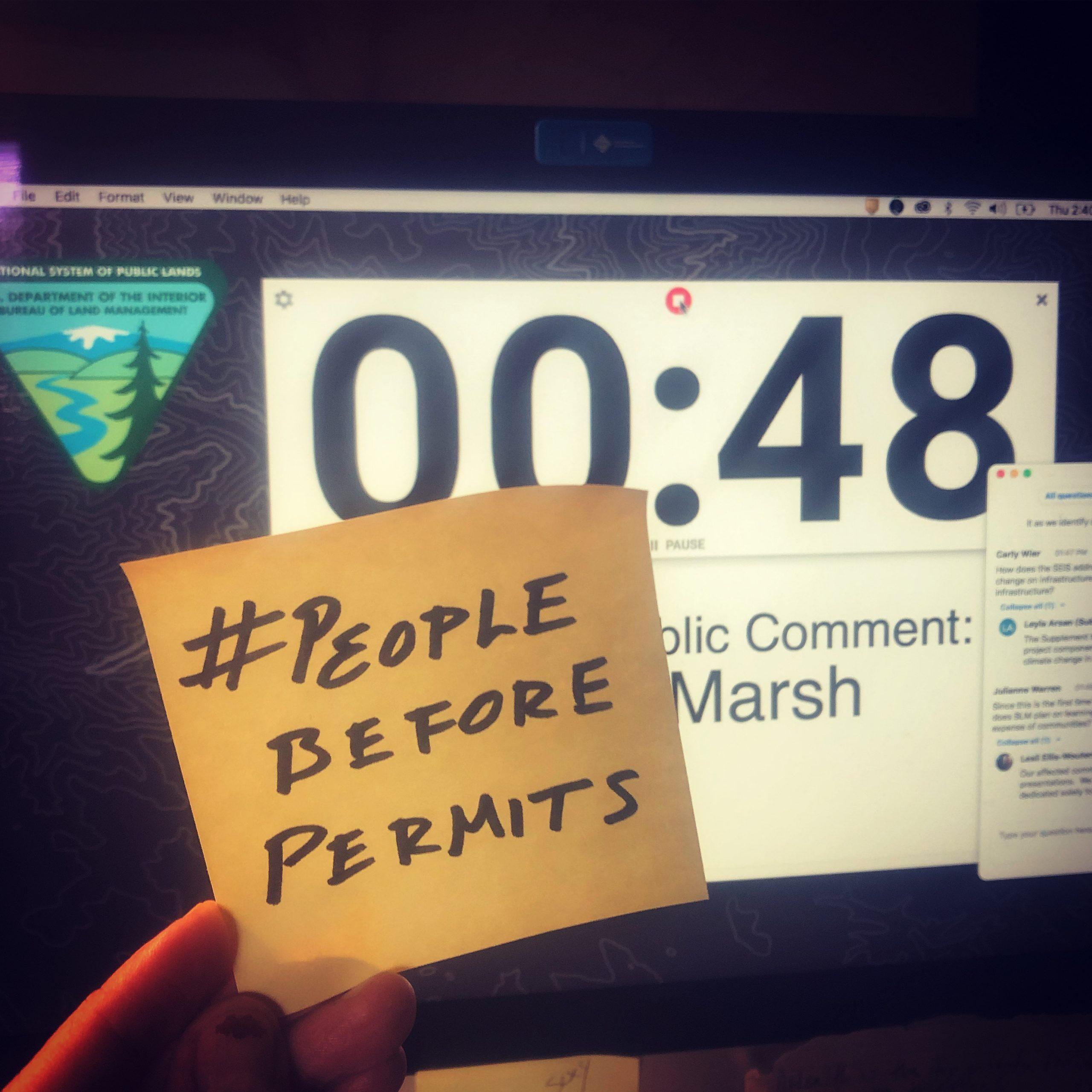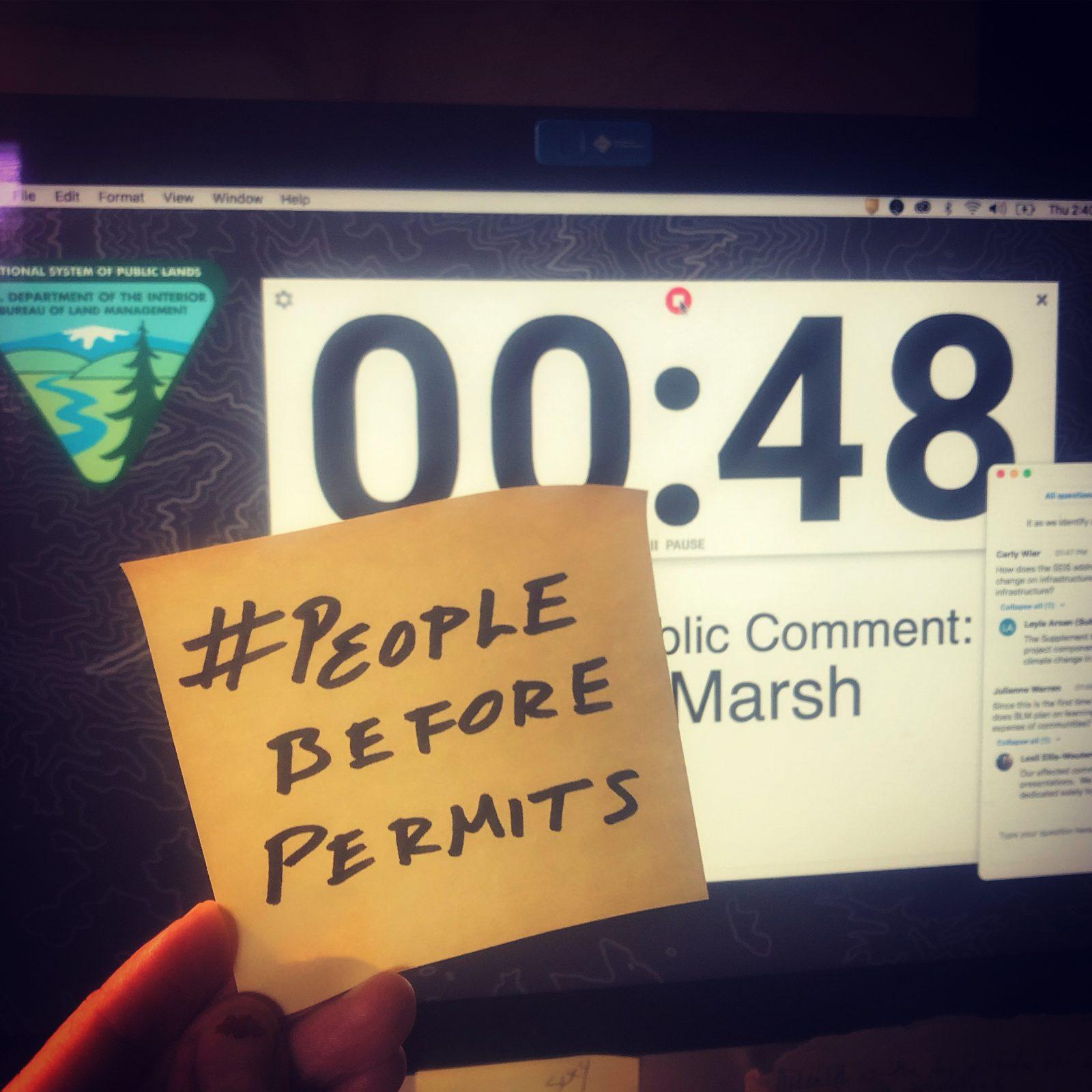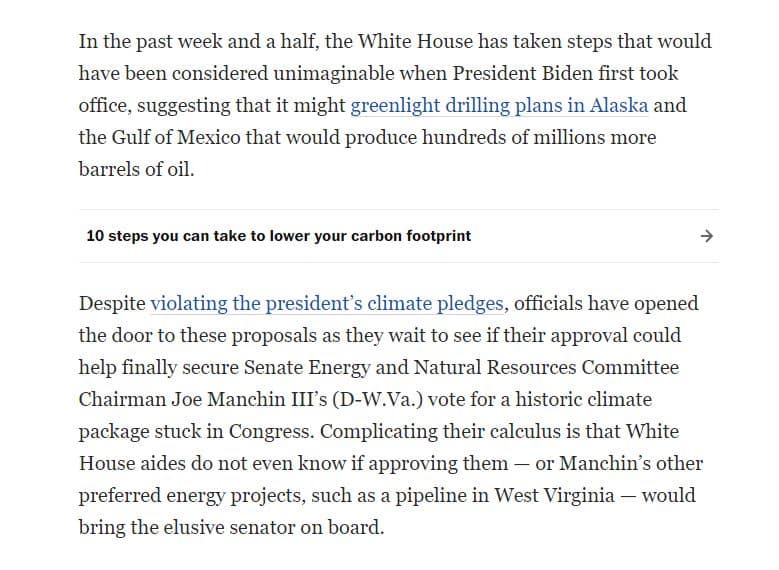
Litigation 101: What is a supplemental environmental impact statement and why is the one for the ConocoPhillips Willow proposal so dodgy?
By Dawnell Smith
Agencies produce environmental impact statements to analyze and assess the impacts of a project proposal on people and the environment. An EIS is meant to help agencies make good decisions about proposals that impact land, water, animals, surrounding communities and the planet at large, and to ensure the public has a meaningful opportunity to weigh in on projects affecting them.

The National Environmental Policy Act mandates that federal agencies prepare an EIS for federal actions that have significant impacts on the quality of the human environment. Any major federal action — e.g., that uses federal land, federal tax dollars, or are under a federal agency’s jurisdiction — requires compliance with NEPA. In an EIS, agencies are required to do an in-depth analysis of the potential impacts of a project and look at alternatives and ways to avoid or minimize the impacts of a project before approving anything.
The U.S. Bureau of Land Management prepared one of the earliest EISs for the Trans-Alaska Pipeline project in 1970.
Three decades later, it produced an EIS that authorized the proposed ConocoPhillips Willow proposal, despite myriad legal problems related to what the EIS ignored and omitted, and how the public process played out. We went to court challenging that EIS and other agency approvals, like Fish and Wildlife Service’s analysis of harm to polar bears—and we won.
While the government could have appealed this Court loss or sent ConocoPhillips back to the drawing board to gather more information, instead the BLM set to work to paper over and explain away the serious shortcomings in their prior EIS.
Which brings us to the supplemental EIS
Friday evening, seemingly to avoid much attention, BLM released a draft supplemental EIS that attempts to narrowly address the legal problems outlined in the court decision voiding those Willow permits.

Typically, an agency produces a supplemental EIS when new environmental impacts are found, or if the size and scope of the proposed action changes. In the case of the ConocoPhillips Willow proposal, the draft supplemental EIS claims to address the legal problems in the original EIS, but it is still clear from those limited fixes that the agency is ignoring its broader obligations to address the serious impacts of this project.
Notably, BLM also announced the shortest comment period allowed by law, a further indication of its failure to live up to its commitment to robust public engagement. Find out more about the comment period here.
A brief review of an environmental review
The first thing an agency must do when doing an environmental review and EIS is gain an understanding of the full scope of potential impacts a proposal might have. First, the scoping process includes taking public comments so that those affected by a proposal and the public at large can identify what needs to be looked at and researched during the EIS process.
Next, the agency releases a draft EIS, followed by a comment period that allows those most affected, the public, and other state and federal agencies to voice their concerns and views. The agency must look at those comments and address important issues when finalizing its analysis and EIS report.
Sometimes a supplemental EIS is required in response to comments, updated knowledge about environmental impacts, updated scientific and technical information, or even a court decision, as with the draft EIS for the Willow proposal.
After the draft EIS or draft supplemental EIS is released, the agency then responds to public comments and issues a final EIS, which should fix errors and omissions found in its draft. Then the agency will make a final decision to approve, deny, or make modifications to the original proposal.
To supplement is to make better, right?
A supplemental EIS often contains the same parts as any EIS, only updated and presumably added to or enhanced. For the Willow supplemental EIS, the key required elements remain the same: It should analyze a proposed action, usually an industry application for permits, as well as its purpose and need; it should provide an understanding of the environment that would be affected by the proposal and how that proposal would impact that environment; and it should present a range of alternatives to the proposed action, including a “no action alternative,” which would mean saying no to the project.
All EISs should analyze the environmental impact of each of the proposed actions and alternatives, including to animals and endangered species, air and water quality, cultural and historical sites, and local communities and their social and economic conditions.
And just like any EIS, a draft supplemental EIS should disclose and understand the full array of impacts so that the agency can make an informed decision. It can also suffer from flaws that undermine that process, including a lack of transparency, accuracy, thoroughness, or consistency with what is required by law. The way the agency handles the process can dampen understanding of the proposal and opportunities for public engagement.
For a good example of a bad start to this process, look no further than the draft supplemental EIS for the Willow proposal. Here, the agency seems to work backwards from the pro-extraction outcome it wants rather than seeking all the information it needs to make an informed decision; here, BLM is trying to patch the holes in the original EIS in order to justify its previous decision, despite the fact that the original decision was founded on faulty analysis and even if it means glossing over flaws and ignoring its legal obligations.
That’s not enhancing the EIS, it’s straight-up trying to narrowly evade legal trouble while getting the outcome it wants, no matter the consequences to local communities, climate, and the western Arctic.


